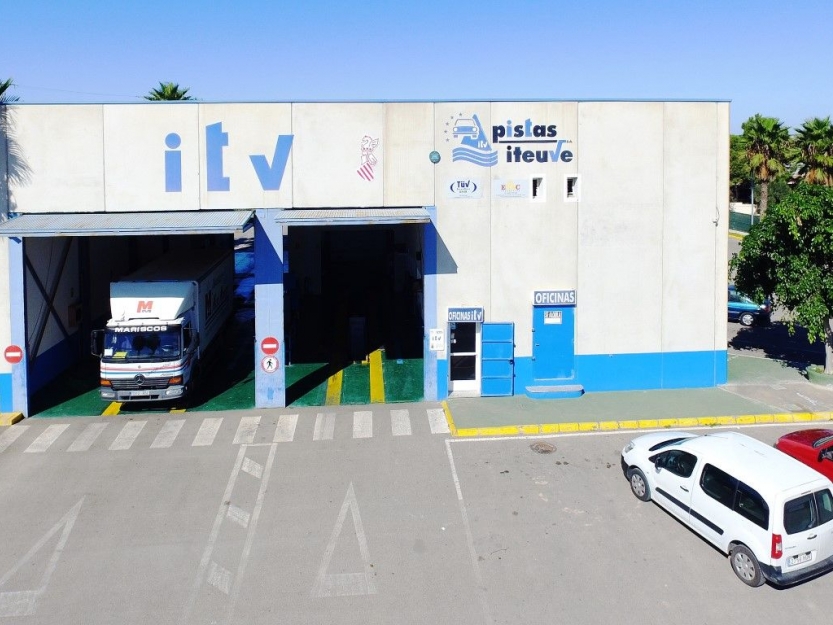Vehicle lighting is of vital importance for maintaining road safety. That is why, in ITV centres, part of the inspection consists of thoroughly checking the condition of the car’s lights.
This element is one of those that can cause the result of our ITV to be unfavourable or even negative, since it is associated with many serious defects that are, in the end, the ones that can prevent us from driving.
Each type of light (fog, brake, dipped…) has associated defects, although in general the most common failures that can cause a failure at the ITV inspection are:
If one of the main beam lights does not work, it is considered a minor defect. In the event that none of them work, it will be serious and a reason for a negative on the ITV.
Carrying burnt out, broken light bulbs… will be cause for serious misconduct.
If any of the dipped lights do not work, it will be considered a serious defect.
The light beam can be a serious fault if it is too high (it can blind other drivers) and a minor fault if it is low or deflected to the side.
When the intensity of the main beam exceeds a certain level, it can also be the reason for a negative ITV.
It will be a serious defect to carry unapproved headlights.
The same will happen if the colour of the light they emit is not regulation.
When the device has a defect that affects its operation, a serious fault will be received.
If the warning light on the dashboard does not come on when we activate the high beams, it will be the cause of a minor defect.
It will also happen if the control with which the lights are levelled does not work.
The light source has to be compatible with the bulb or else it will be a serious failure.
The high beams must all be turned off with a single command, otherwise it will be cause for serious fault.





